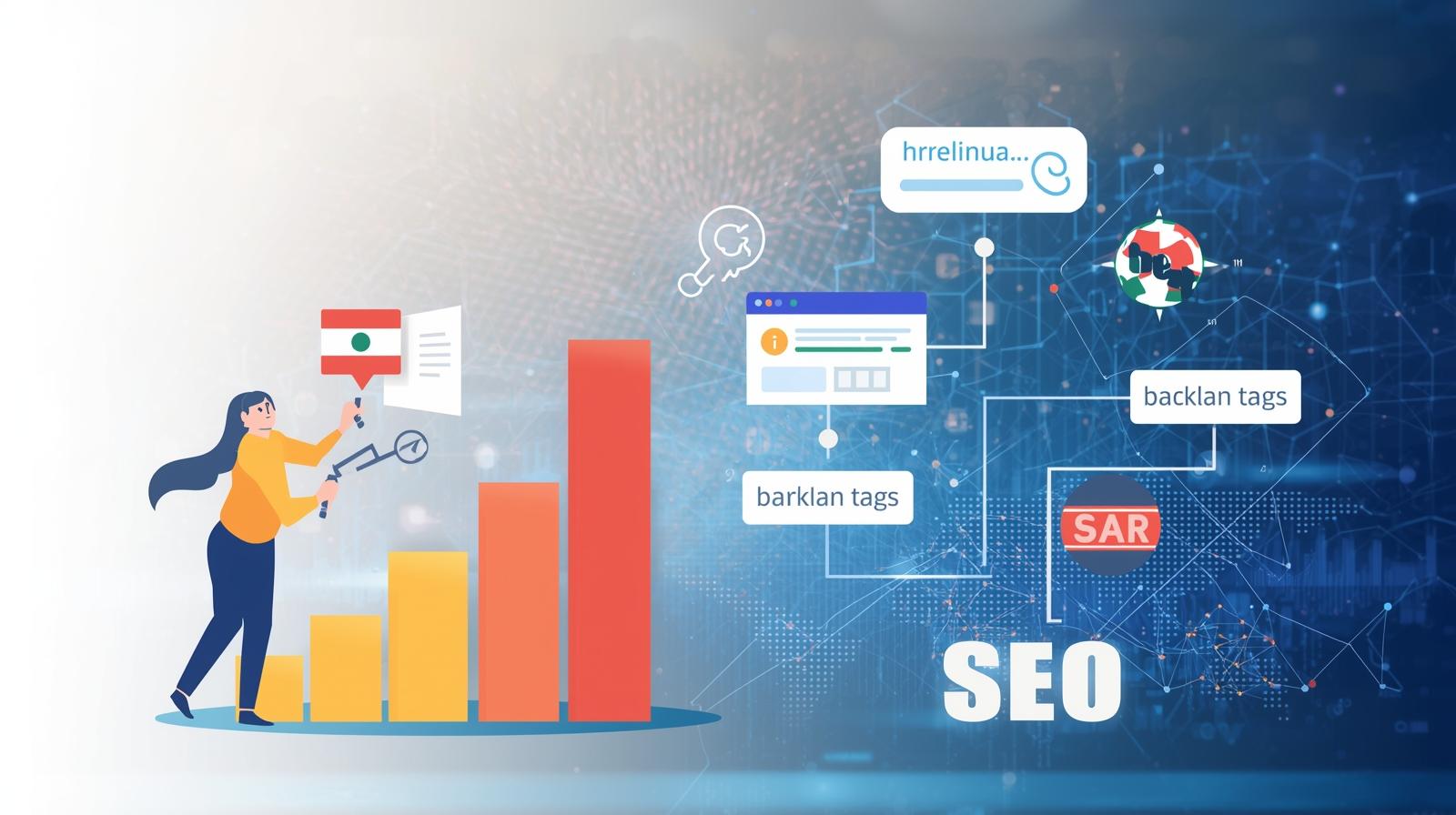To expand into international markets and increase global brand exposure, foreign trade companies often need to build multilingual websites. However, many companies face the challenge of effectively managing these multilingual versions and ensuring they rank highly in search engines. In this article, we will explore strategies for building multilingual websites for foreign trade and provide practical management advice to help companies improve the globalization of their cross-border e-commerce websites.
1. Why do foreign trade companies need multilingual websites?
With the continuous advancement of globalization, more and more companies are entering the international market through foreign trade websites. Multilingual websites not only enhance a brand's international influence but also effectively reach target customers in different countries and regions. According to research by the International E-Commerce Association , multilingual websites can significantly increase website traffic and conversion rates.
2. Key Elements of Multilingual Website Building
Language Selection and Market Positioning <br data-start="444" data-end="447">First, companies need to select appropriate language versions based on the target market's language preferences. For example, the European and American markets may require versions in English, French, or German, while the Asian market may require versions in Chinese, Japanese, or Korean. When choosing a language, it's best to refer to the SEO optimization suggestions provided by the Google Webmaster Guidelines .
Website structure and navigation design <br data-start="681" data-end="684">To ensure a good user experience, the website structure needs to be clear and the navigation design should support switching between multiple language versions. It is recommended to design a language selection button at the top or bottom of the website to facilitate users to quickly switch to their native language page.
Localized Content <br data-start="773" data-end="776">Multilingual websites require more than just translation; they should also incorporate localization of culture and customs. For example, European and American consumers tend to prefer content with local characteristics when browsing websites. According to the standards of the W3C (World Wide Web Consortium) , localizing website content can enhance the user's purchasing experience and increase conversion rates.
3. SEO Optimization Strategy
When building a multilingual website, SEO optimization is key to ensuring that the website ranks high in search engines in various countries. Here are some effective SEO optimization strategies:
Use of Hreflang Tags
Hreflang tags tell search engines that a page is targeted at a specific language and region, which helps avoid duplicate content issues and ensures that users see the page that matches their language when searching.Localized keyword research <br data-start="1099" data-end="1102">Conduct localized keyword research for each target market and apply it to elements such as website titles, descriptions, image ALT text, etc. to improve search rankings in that region.
Building external links <br data-start="1180" data-end="1183">Increase backlinks from local high-authority websites to help improve the search engine rankings of multilingual pages.

4. Continuous Optimization and Content Updates
Building a multilingual website is just the first step; ongoing optimization and content updates are crucial. Regularly review the content quality of each language version to ensure it meets the latest SEO standards. Additionally, businesses can leverage Pinshop's automated SEO tools to update and optimize page content in real time, keeping their website active and SEO-friendly.
V. Conclusion
By building a multilingual website, foreign trade companies can not only enhance their global exposure but also optimize the customer experience and enhance their brand's international competitiveness. By integrating best practices from the International E-Commerce Association , Google , and W3C , companies can effectively manage and optimize their multilingual websites, enhancing their global marketing capabilities.
Want to learn more about multilingual website building and foreign trade website optimization methods? Contact us now . Pinshop will provide you with professional website building and SEO services to help you enter the global market.

【Extended Reading】
Cross-border payment and security design solutions for foreign trade website construction






